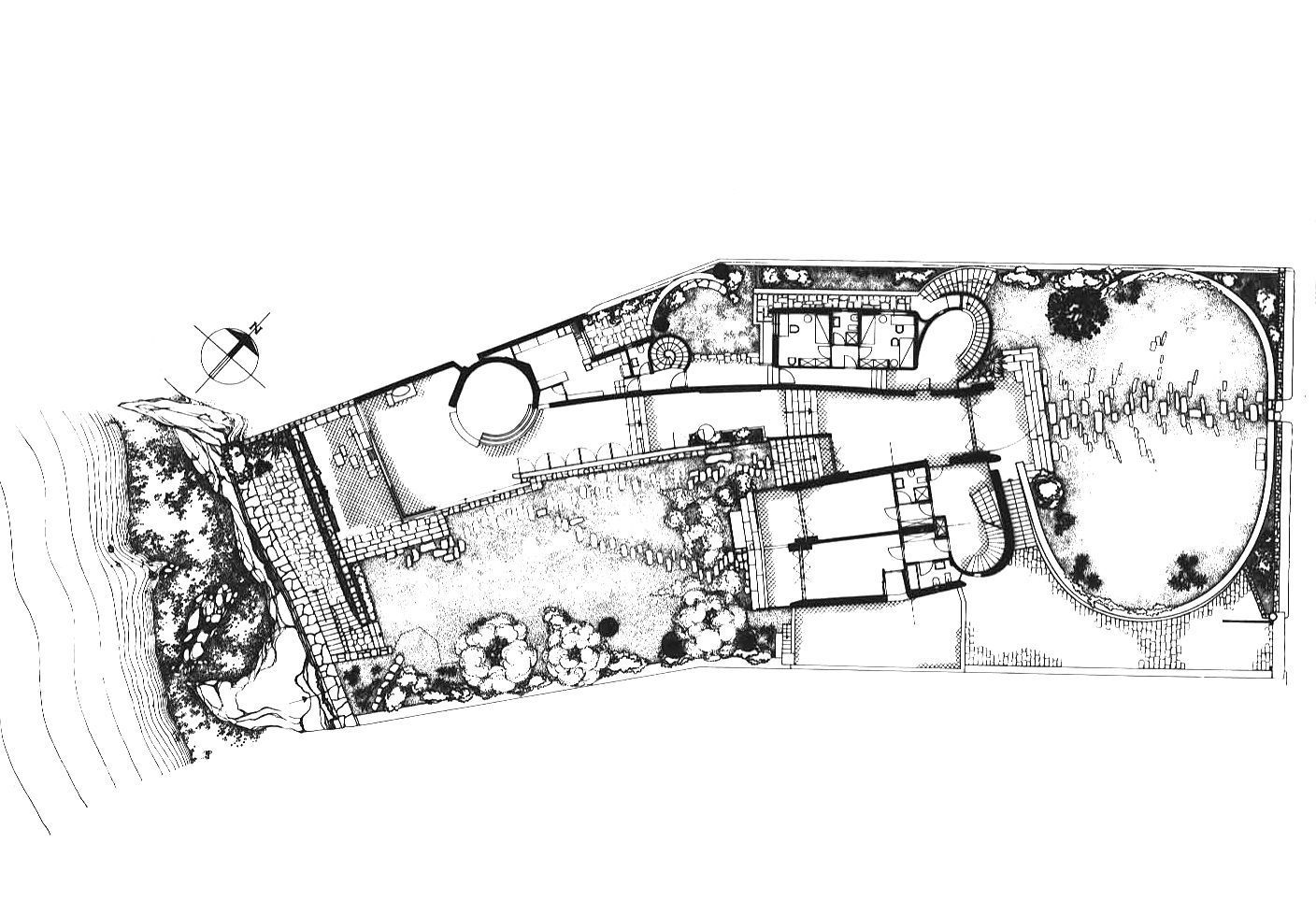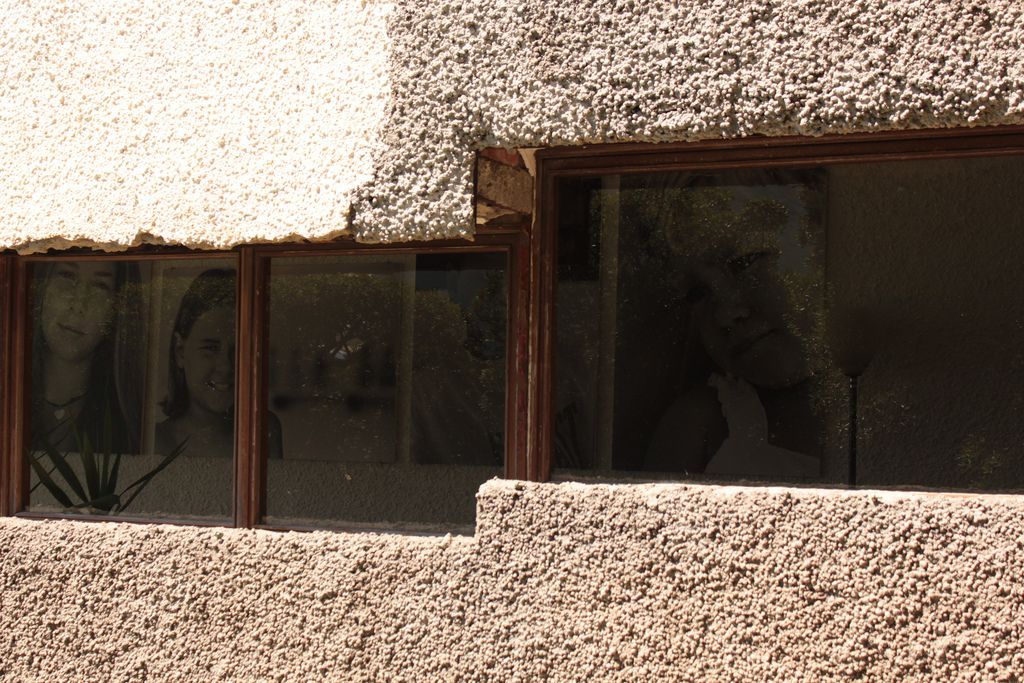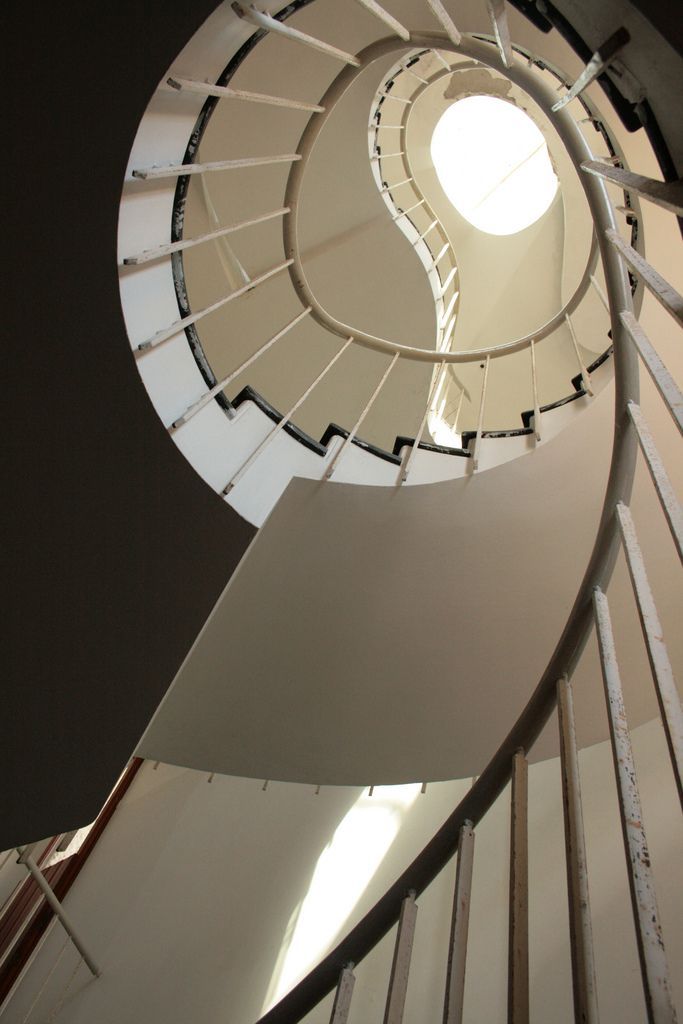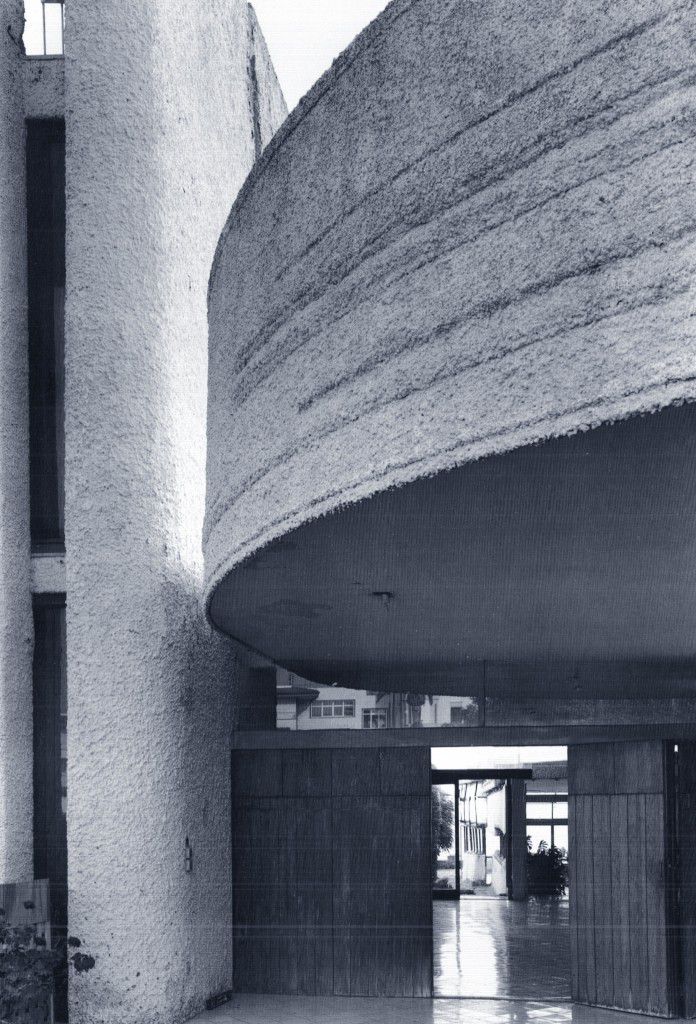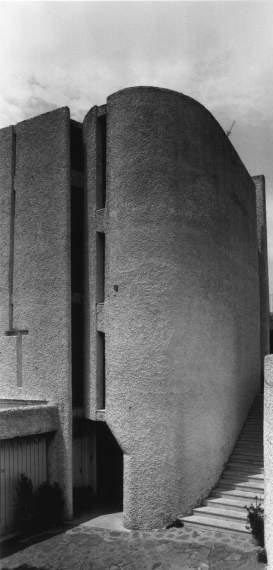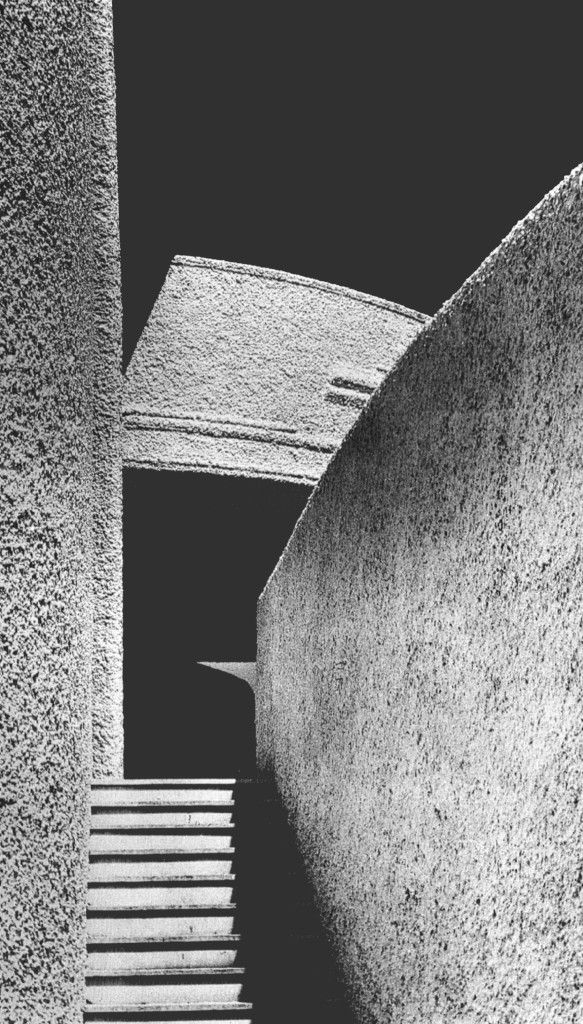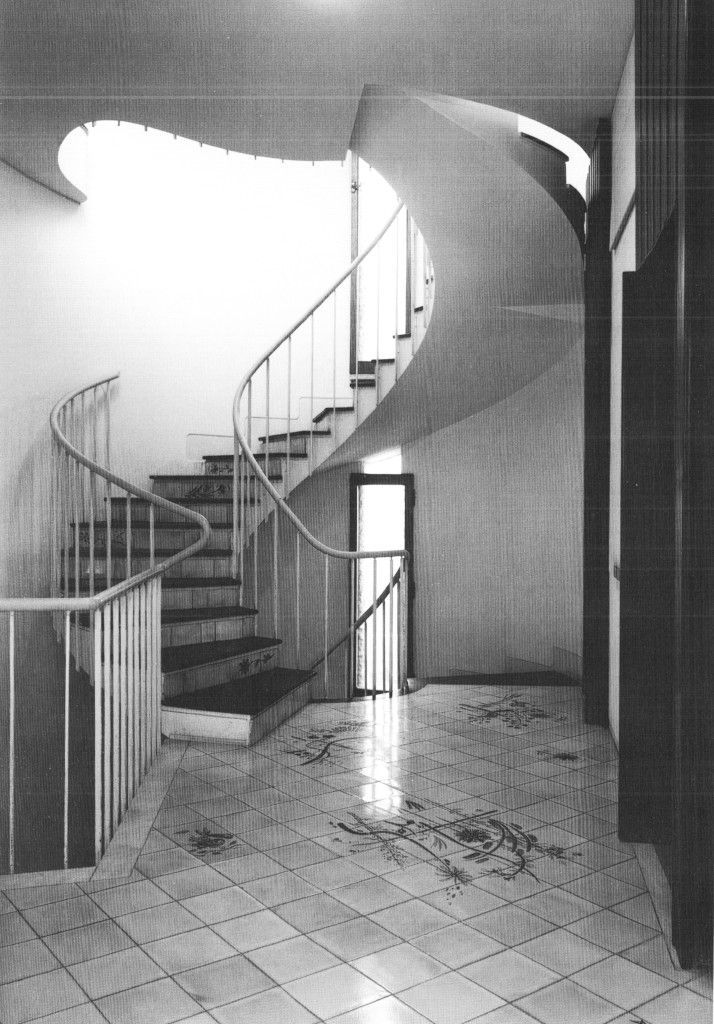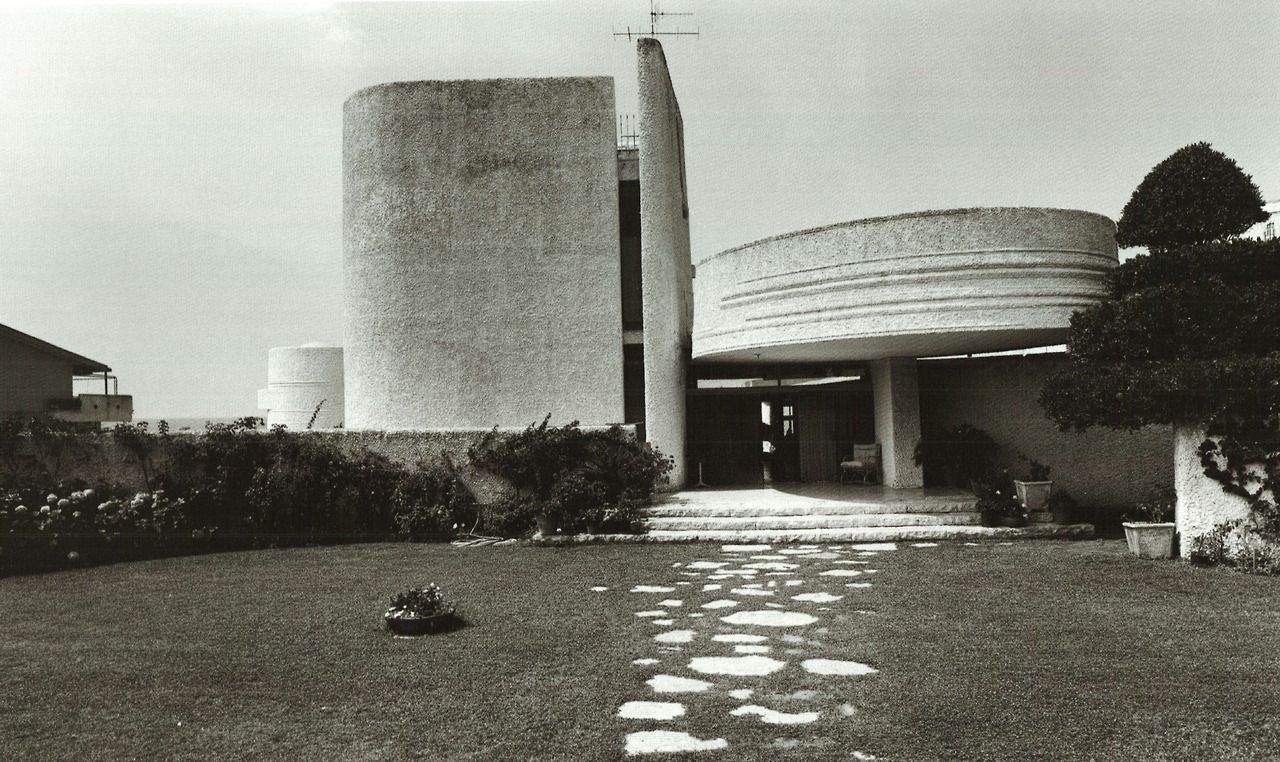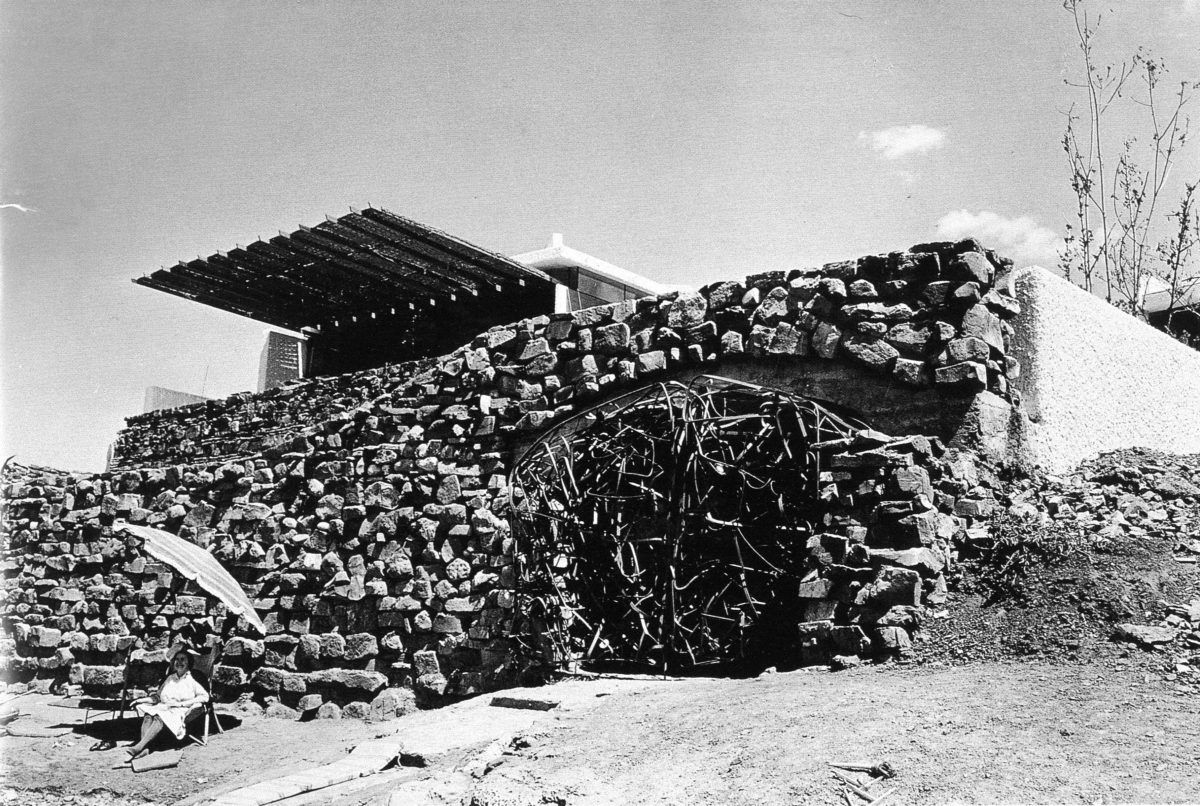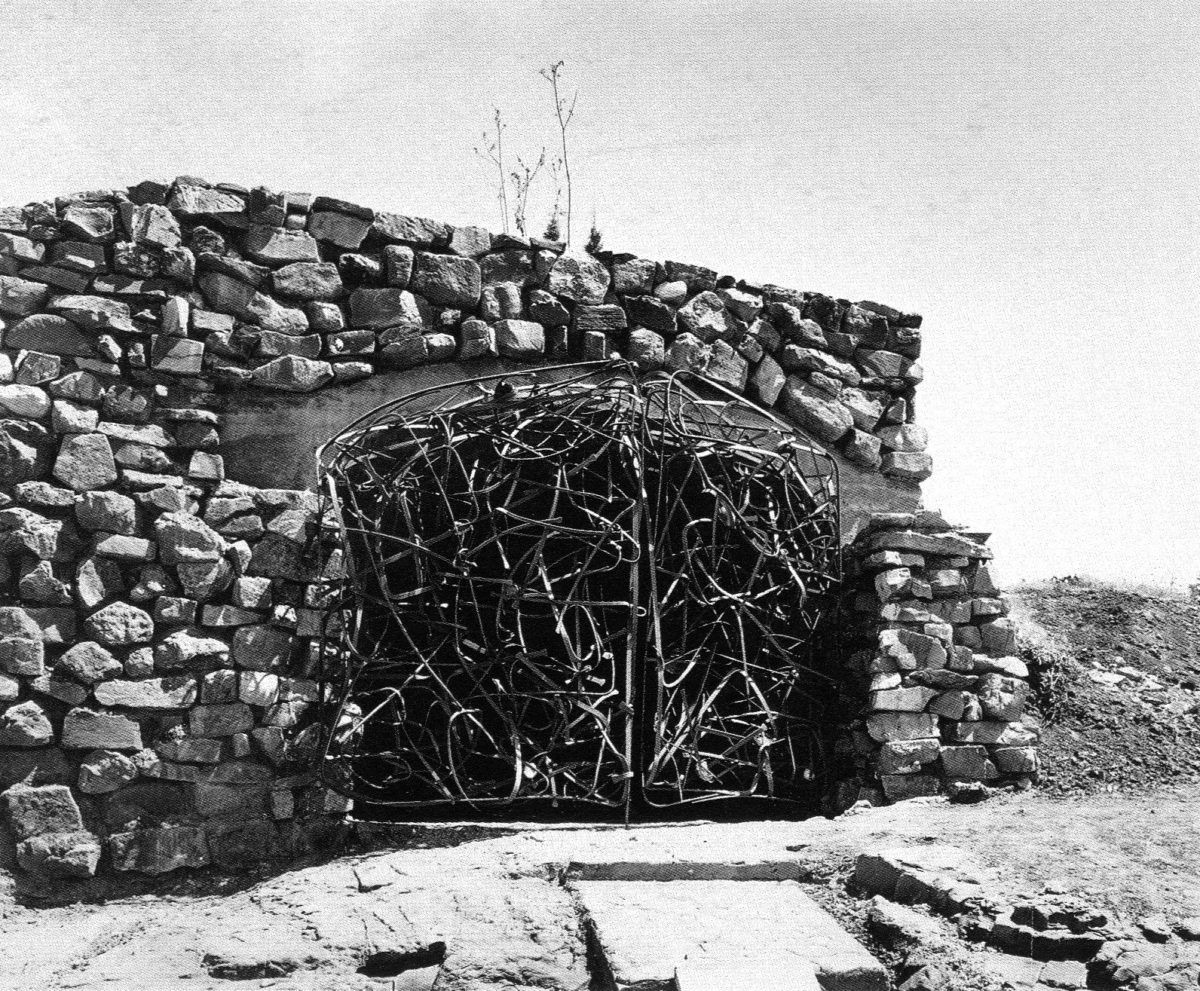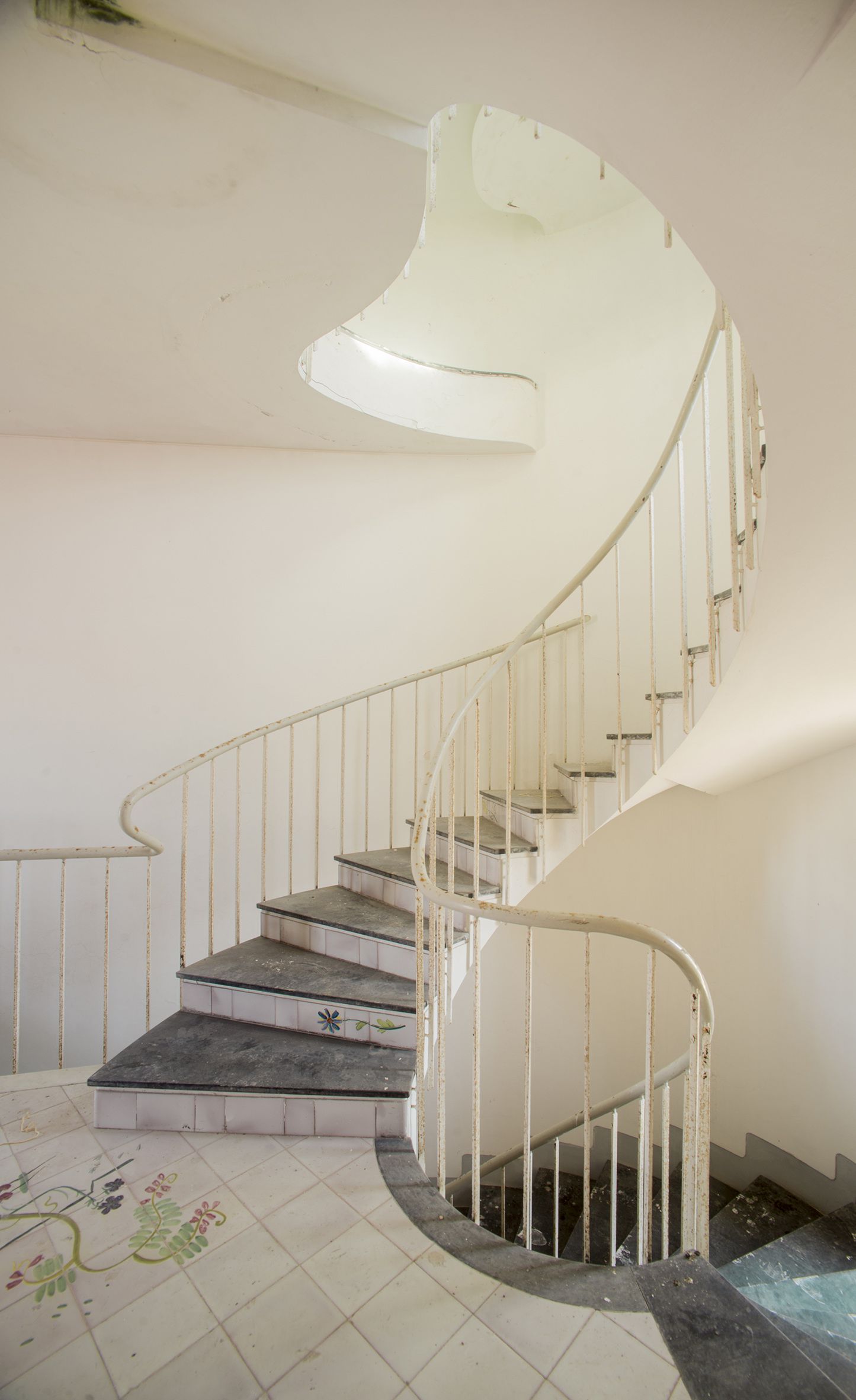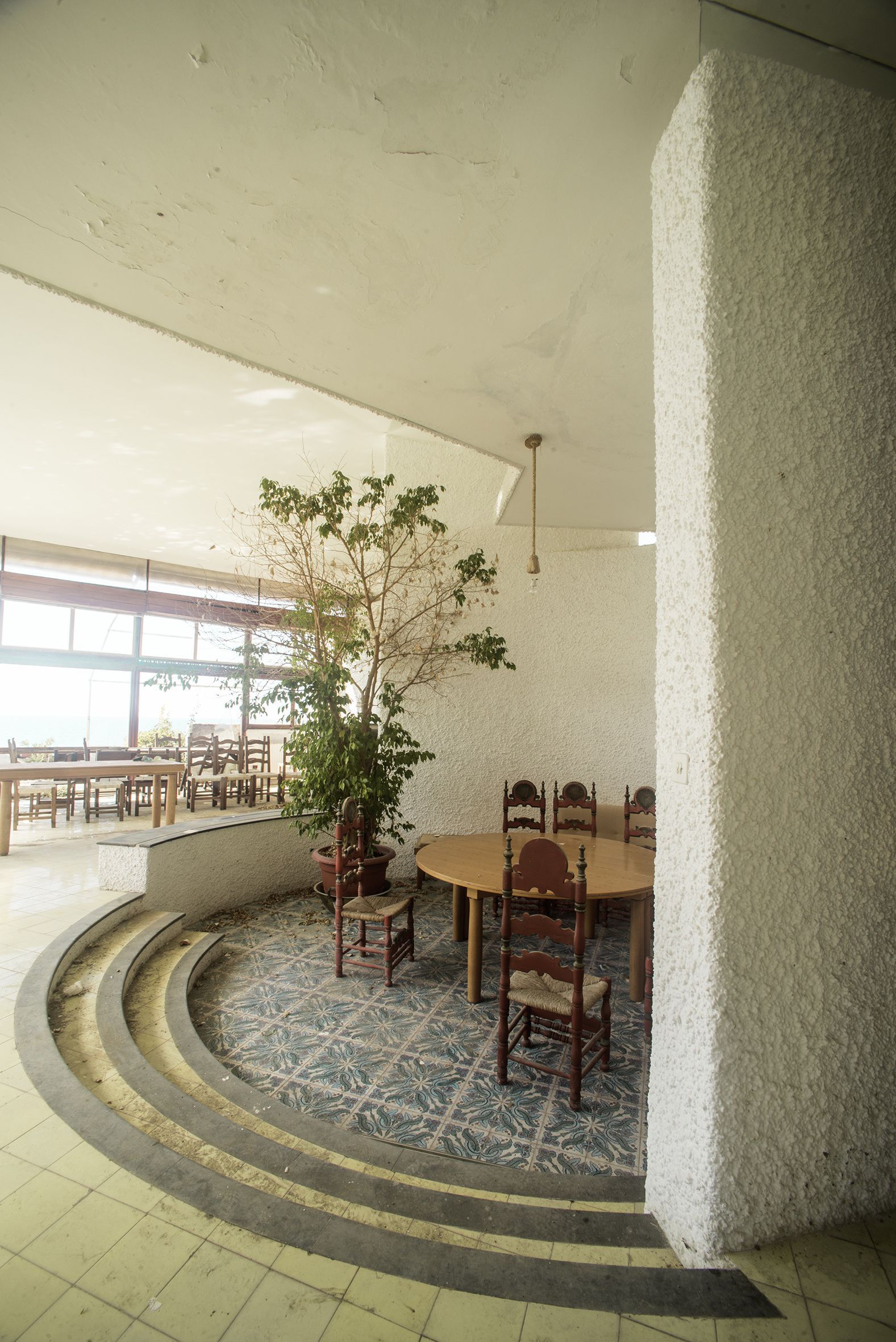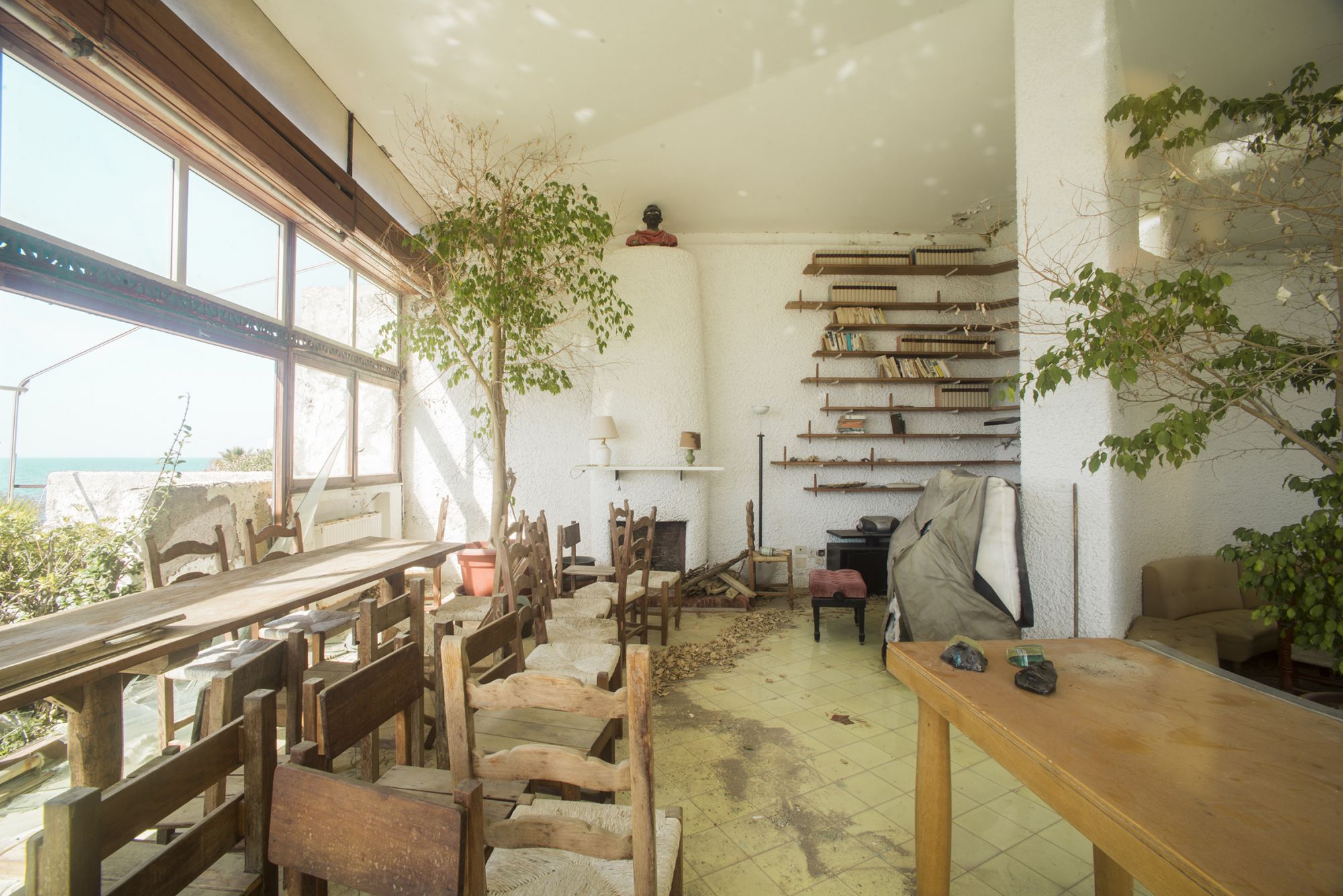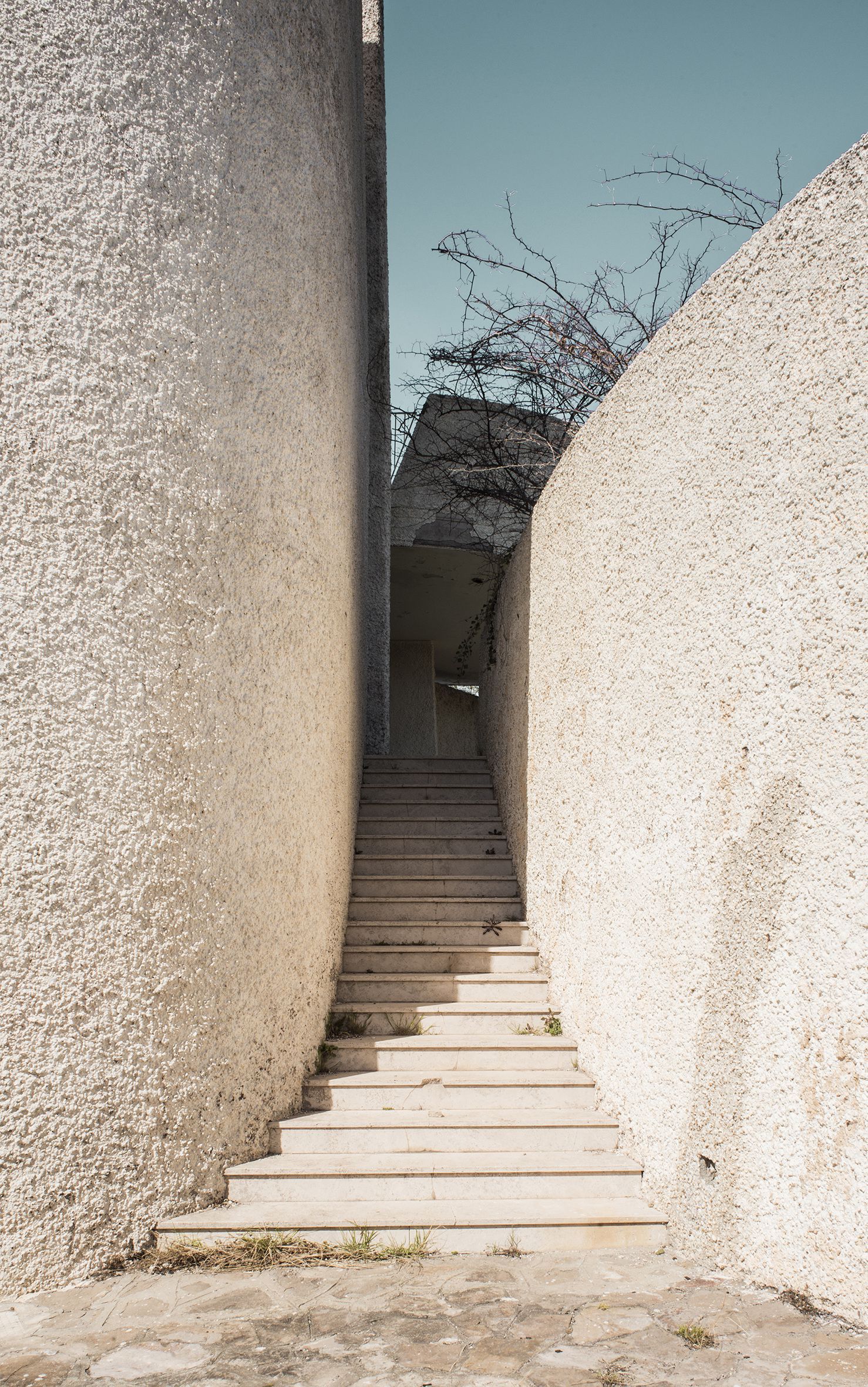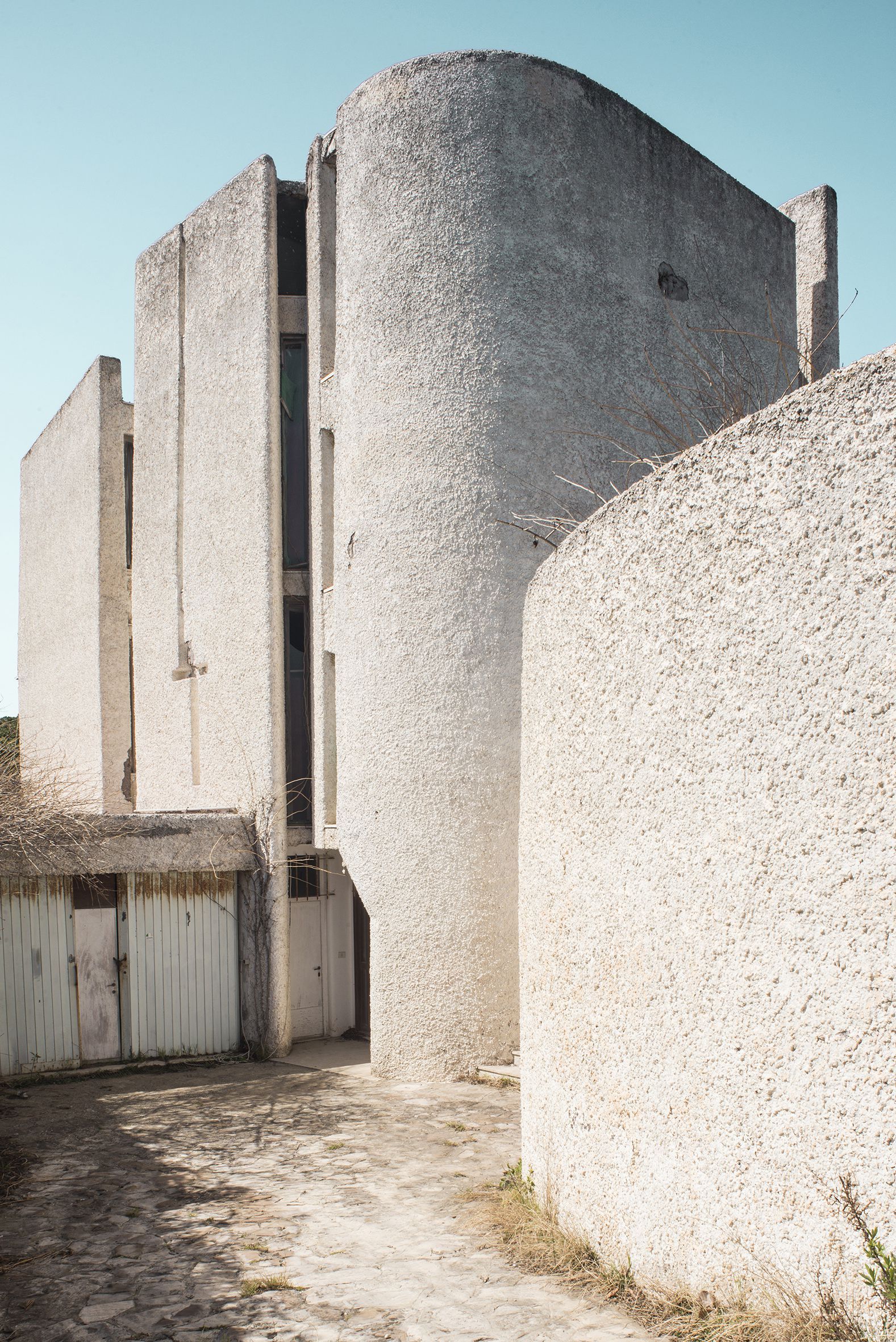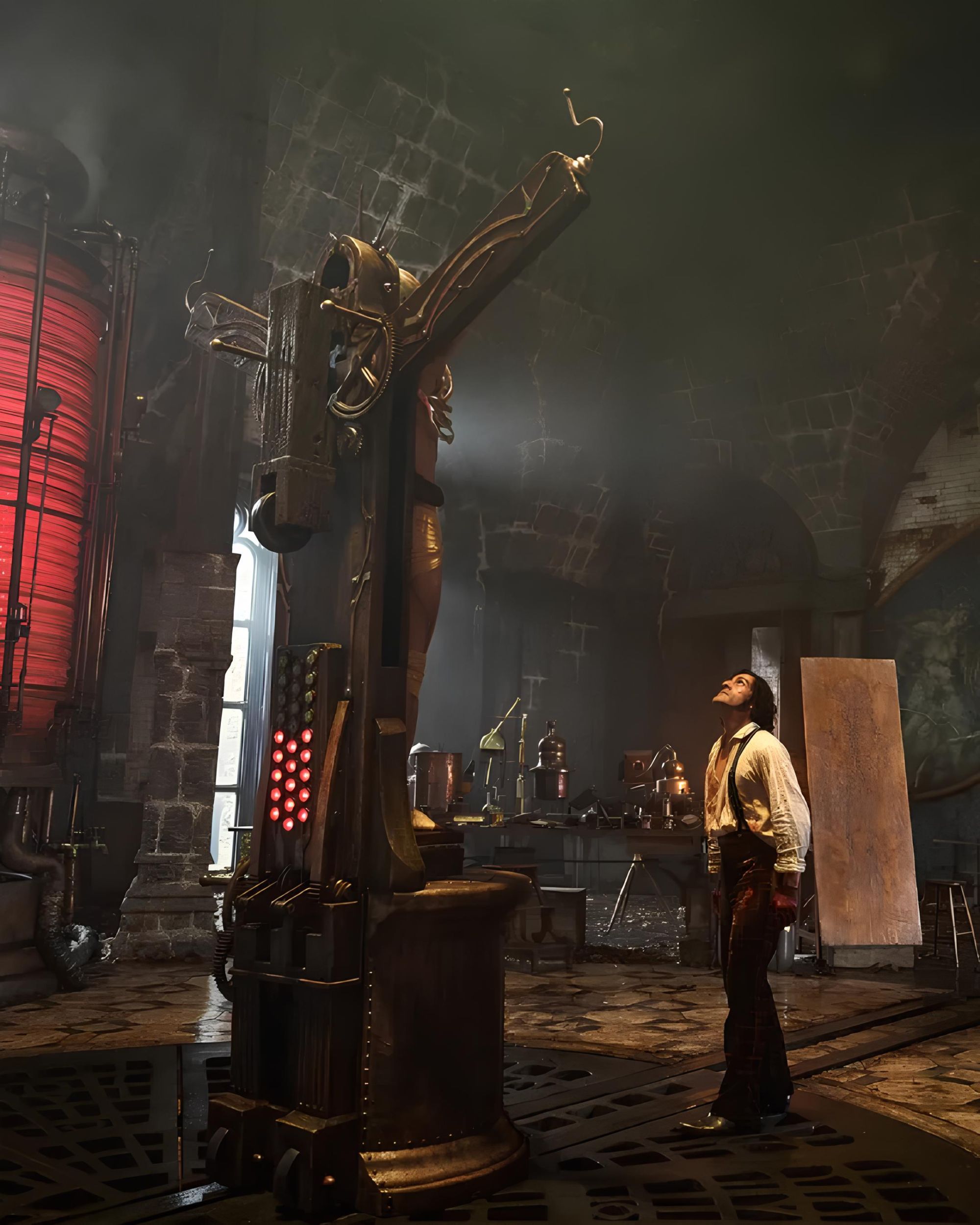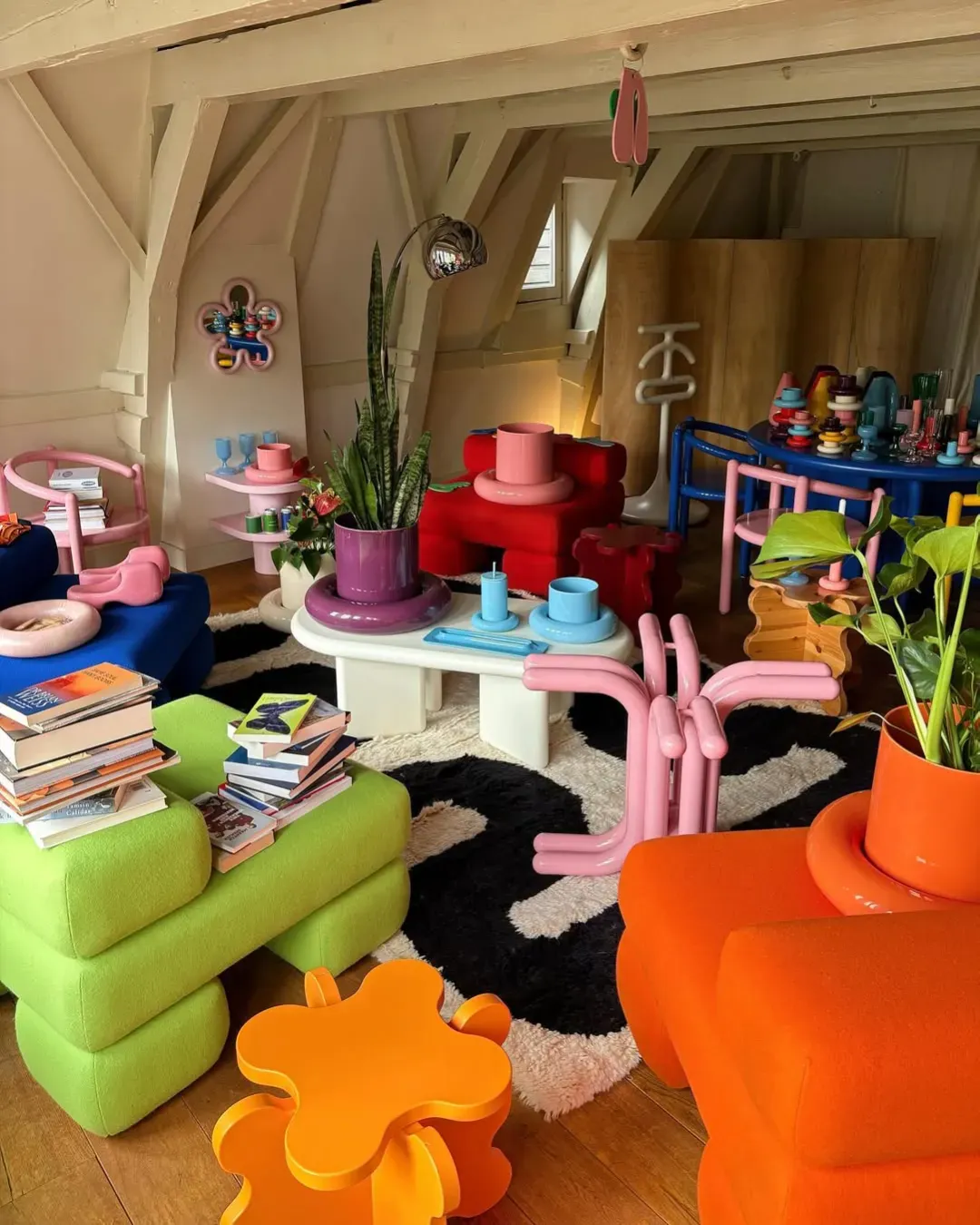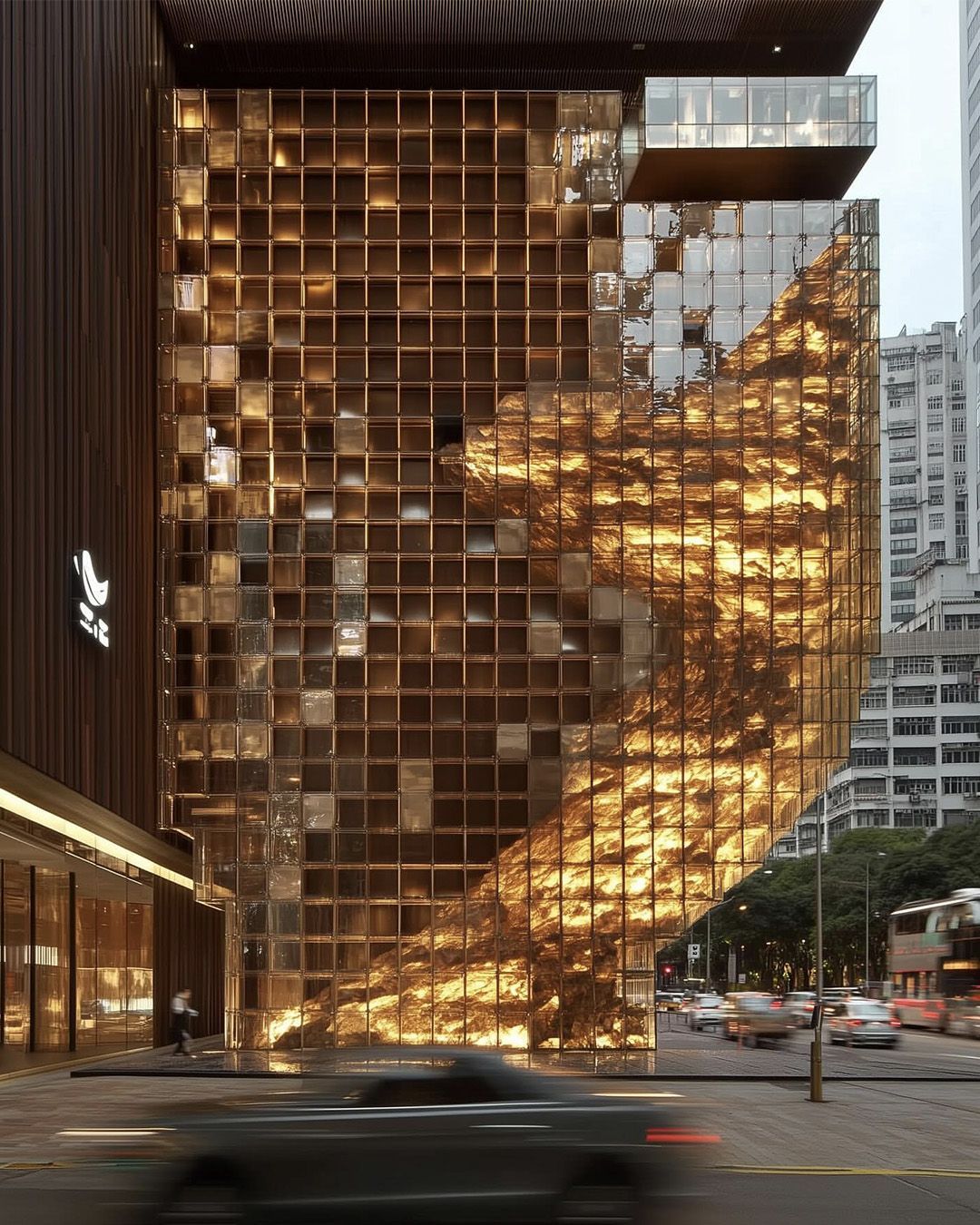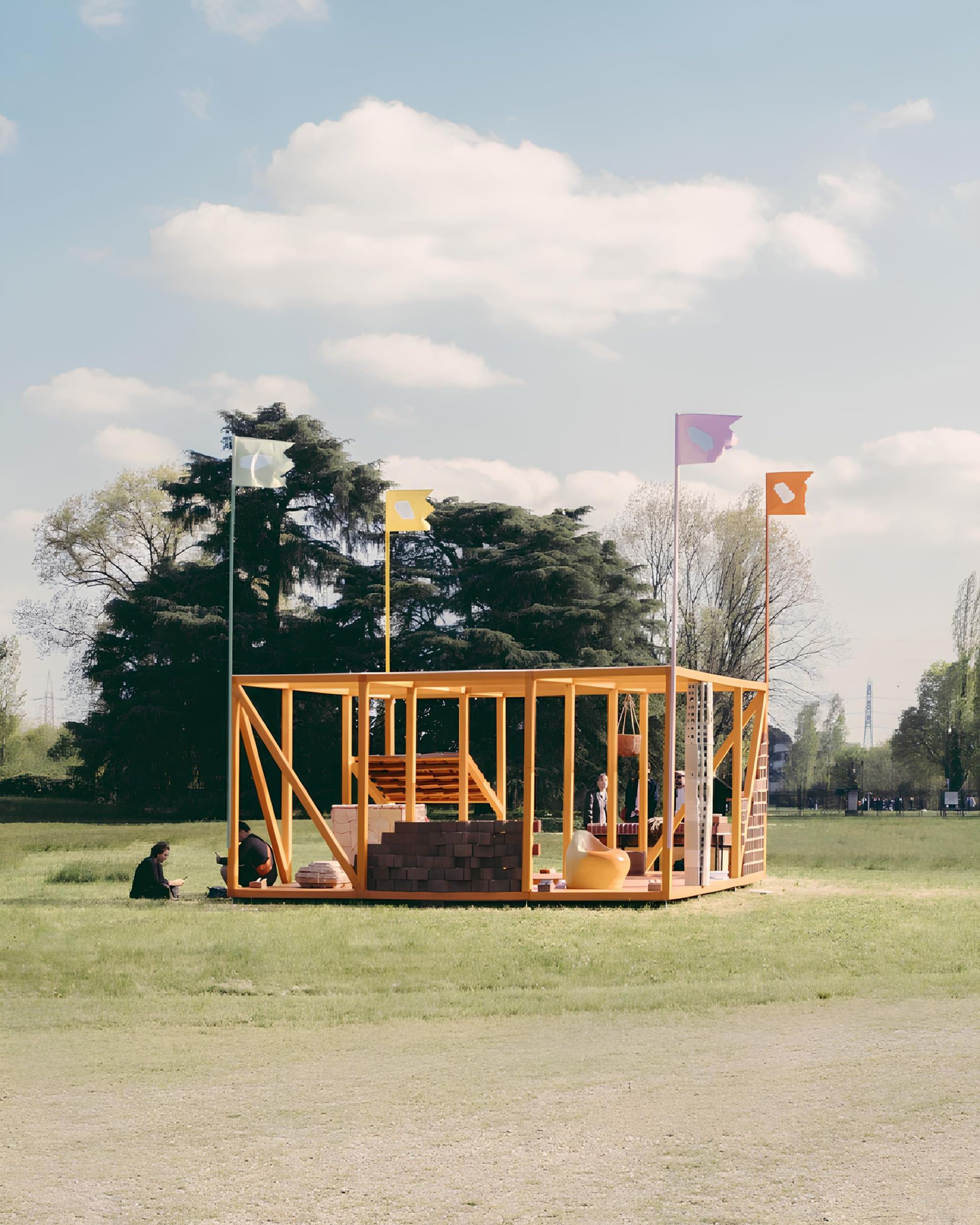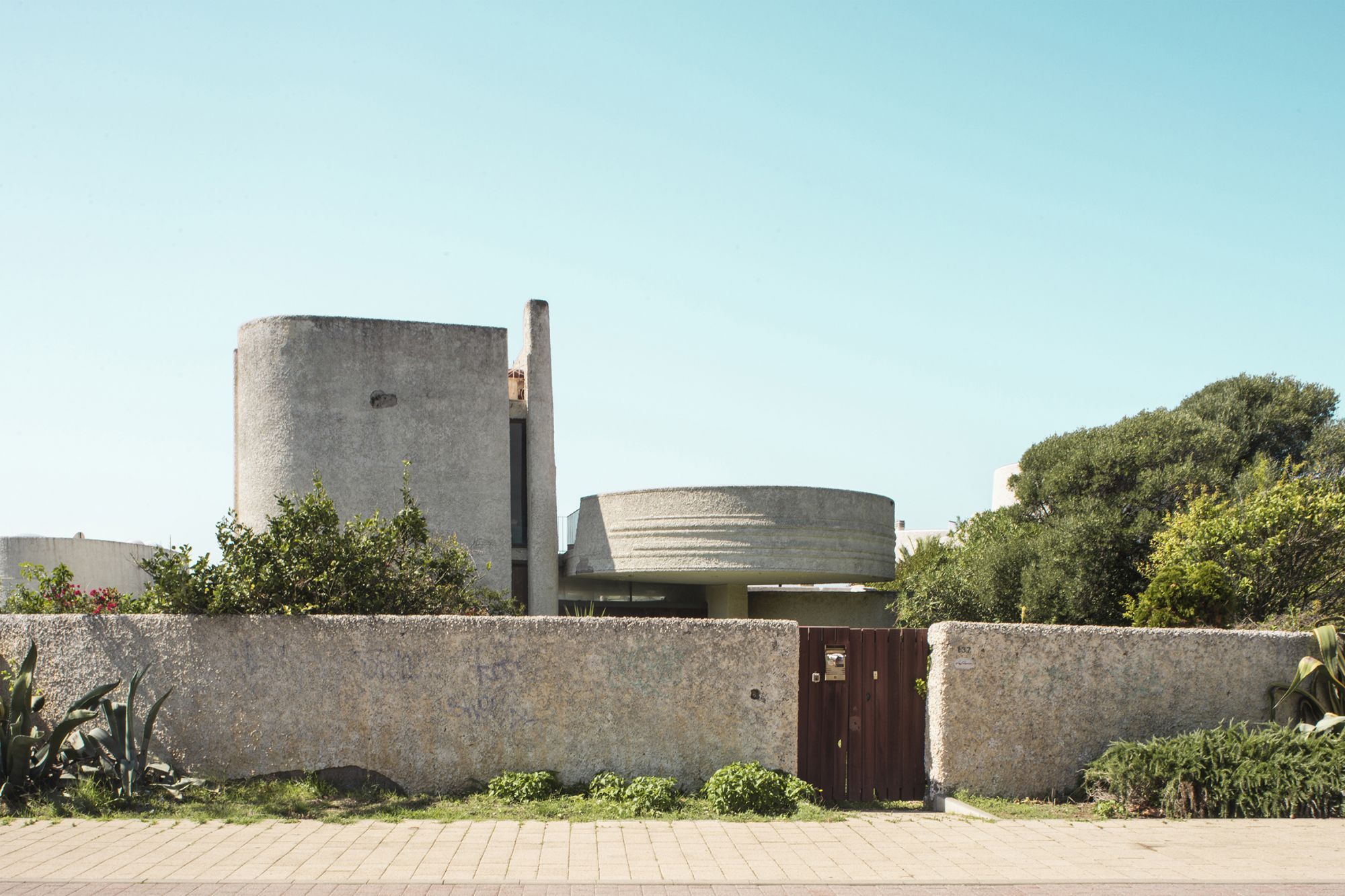
Villa "La Saracena": primordial architectural emotion Luigi Moretti's attempt to explore human mechanisms with his work
House as a primordial architectural emotion, a place enclosed by powerful walls, "which can abstract from everyday life and its great and petty adventures", defending the affections, the thoughts and the people who live there. Paraphrasing the Italian designer and academic Giò Ponti, this is the noble ideal that guides Luigi Moretti in the design of the villa "La Saracena" in Santa Marinella, on the Roman coast.
The man, protagonist of the architecture of the '900 and famous, among other things, for having designed the Watergate residential complex in Washington, where the most famous political scandal in American history was born, has long sought an opportunity to give it the opportunity to explore with its work the human mechanisms and expression of the compositions of Michelangelo and Borromini. He found it when Francesco Malgieri, a journalist for Corriere della Sera, commissioned a villa in the province of Rome for his daughter Luciana Pignatelli d'Aragona Cortez. Although initially part of the so-called "unfinished triptych of Santa Marinella", including the villas Califfa and Moresca, the work, which is the fulcrum, is completely independent and develops for 800 square meters in a lot characterized by an elongated and irregular shape.
The main element of the construction are the walls that, with their gravity, seem to have their own emotionality. The external walls treated with rough plaster on a frame of reinforced concrete frame, are clamped on the side of the patio, facing the road, to "counteract the pressure of the outside world" and are increasingly spreading towards the sea, almost looking of a visual contact with the Mediterranean landscape. Matter thickens following the same direction even inside, as you can see, for example, by observing the windows in the "tower" of the staircase (where some bedrooms are enclosed), thin wounds that allow natural light to filter through the walls and they become wider as you go through the bedrooms and the long promenade-lounge, to invite the view to get lost in the horizon. Everything in the house is played on this contrast between closing and opening, also the layout of the house which is divided into two spaces joined by a large gallery open on two gardens, one large and the other small and intimate: on the coast are the living room and dining room, while the rest rooms instead they are placed further back, far from the sea. Access to the villa from the road axis is mediated by a narrow entrance that Moretti himself called "fauci", while the one from the sea is the so-called "grottone", a base on which the terrace in front of the living room is sealed by a splendid and intricate gate by Claire Falkenstein, who had already designed the gate of the Peggy Guggenheim Palace in Venice in 1960. Unfortunately, over time, Villa "La Saracena" has fallen into abandonment, neglect and is currently undergoing restoration.










































